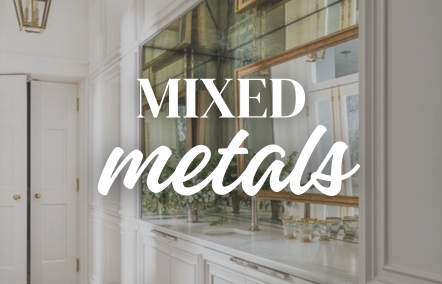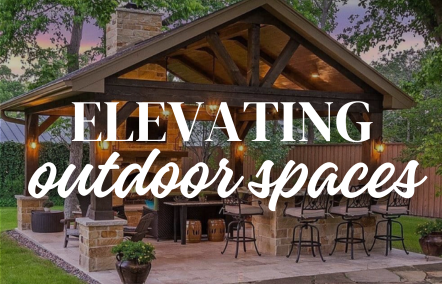
Embracing the Fluting Trend: A Modern Twist in Design and Decor
Interior design and decor trends come and go, but some elements have a timeless allure that endures through the years. One such trend that has resurfaced with new vitality is fluting. Portraying a sense of elegance, sophistication, and a touch of nostalgia, fluting adds depth, texture, and visual interest to any space, from furniture to architectural elements.
Originating in ancient Greek and Roman architecture, fluting is characterized by a series of vertical grooves or channels, often found on columns, pilasters, and friezes. Historically, fluting served both functional and decorative purposes, providing structural support while also enhancing the aesthetic appeal of buildings and interiors.
Fast forward to the present day, fluting has experienced a modern resurgence and reimagined in various forms across contemporary design trends. From minimalist Scandinavian interiors to opulent Art Deco-inspired spaces, fluting seamlessly integrates into diverse design styles, adding a touch of understated glamour or bold statement-making flair.
One of the most notable aspects of the fluting trend is its versatility. Designers and decorators are incorporating fluted elements into furniture pieces such as sofas, armchairs, cabinets, and tables, breathing new life into classic silhouettes. Whether it is a gently fluted velvet sofa exuding mid-century charm or a sleek, fluted console table with a modern twist, these pieces capture attention with their tactile allure and visual appeal.
Moreover, fluting extends beyond furniture to architectural details and interior accents. From fluted walls and ceilings to kitchen cabinetry and bathroom vanities, the possibilities are endless. Fluted glass partitions create a sense of privacy without sacrificing light and openness, while fluted metal accents infuse industrial spaces with a touch of refinement.
In addition to its aesthetic appeal, fluting also offers a tactile experience that engages the senses. Running your fingers along the smooth, rhythmic grooves can evoke a sense of comfort and reassurance, adding an element of sensory delight to the design scheme.
The resurgence of fluting reflects a broader shift towards craftsmanship, authenticity, and nostalgia in design. In an age dominated by mass production and cookie-cutter aesthetics, fluted elements celebrate the artistry of traditional craftsmanship while embracing contemporary sensibilities.
As with any trend, the key lies in balance and restraint. While fluting can make a powerful design statement, incorporating too many fluted elements into a space can overwhelm the senses and detract from the overall aesthetic. Instead, designers often opt for subtle touches of fluting to create visual interest and focal points within a room.
The fluting trend represents a timeless yet contemporary approach to design and decor, blending historical references with modern sensibilities. With its versatility, tactile appeal, and ability to infuse spaces with character and charm, fluting continues to captivate designers, decorators, and homeowners alike, promising to leave an indelible mark on the world of interior design for years to come.
Please check out our Trending social post with even more Fluting inspiration:
https://www.instagram.com/reel/C3lYq8WNOSg
#lauramccarthyrealestate #houselove #realestate #fluting #architecturedesign #architecture
YOU MAY ALSO LIKE
 |  |
